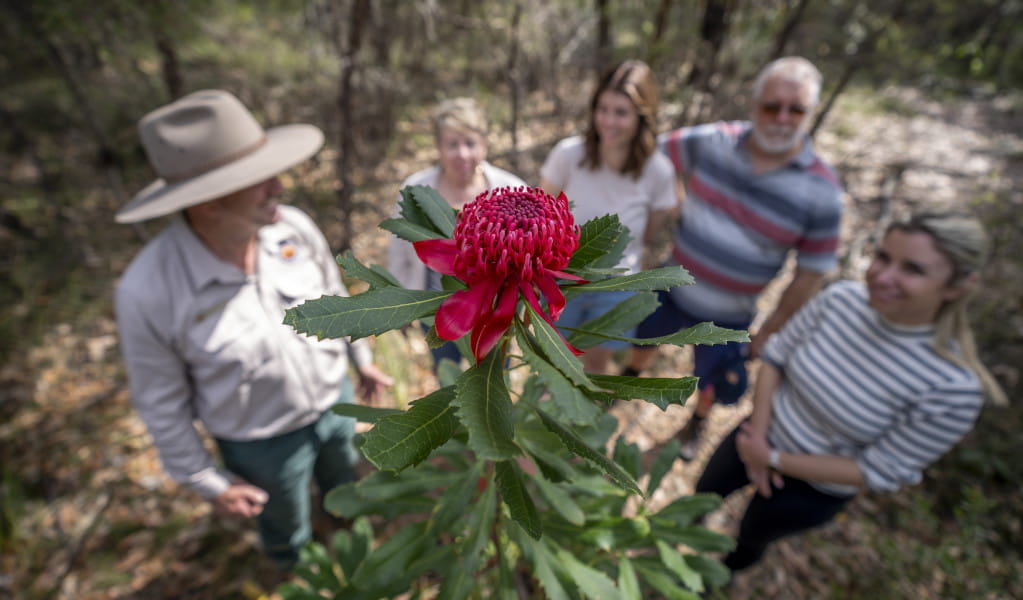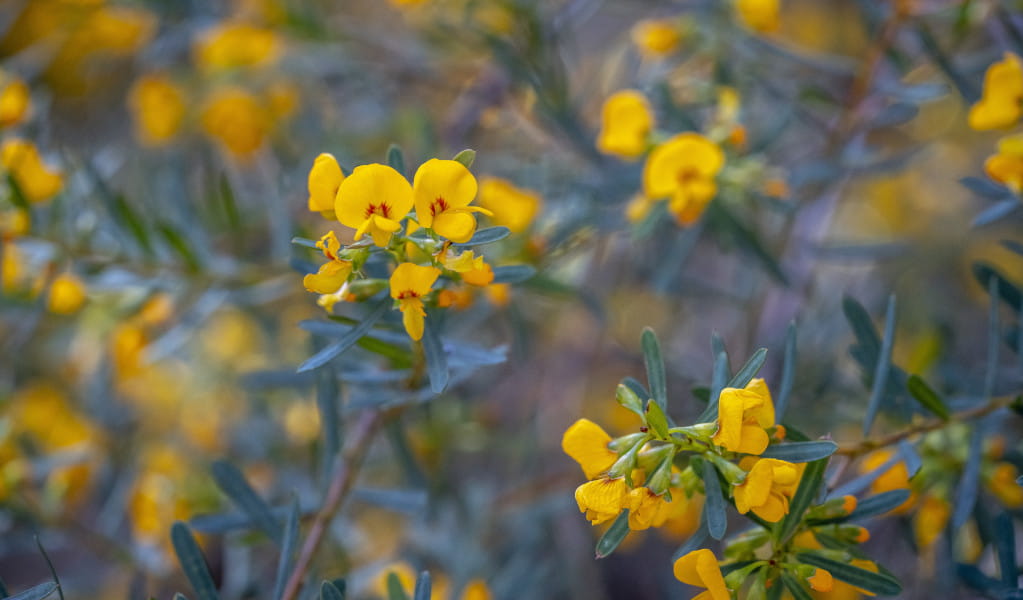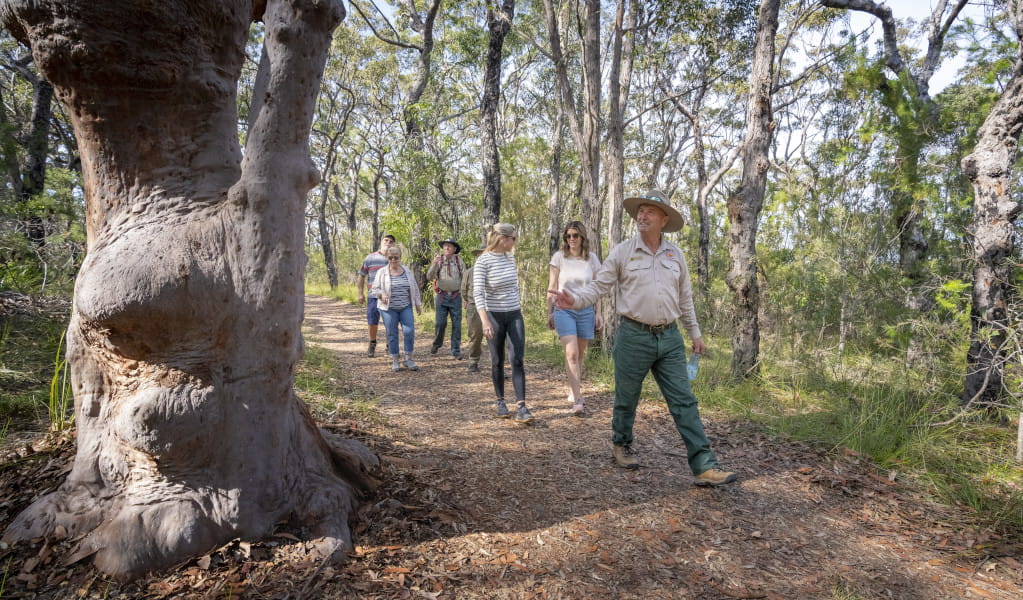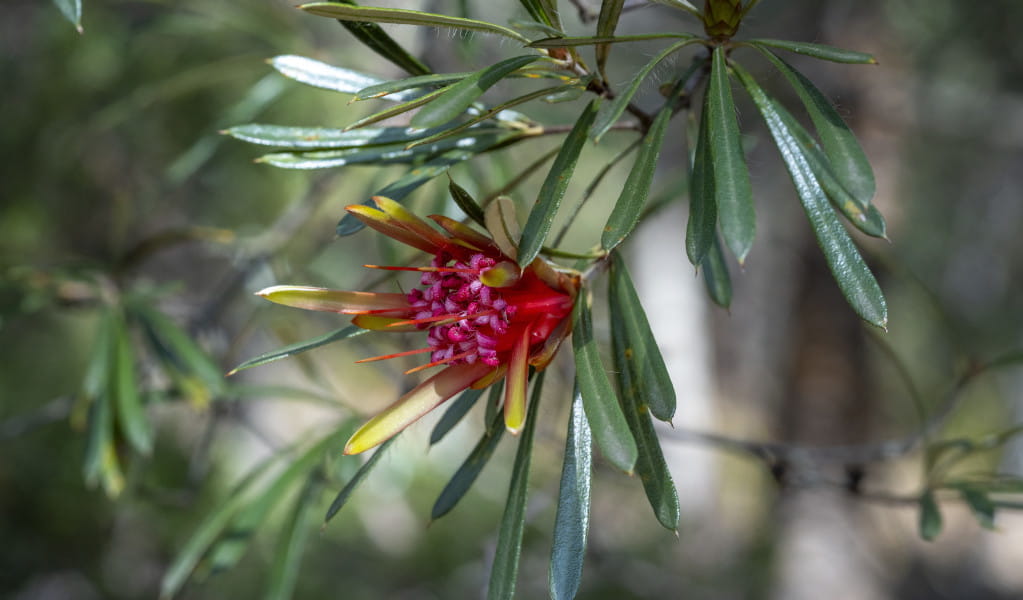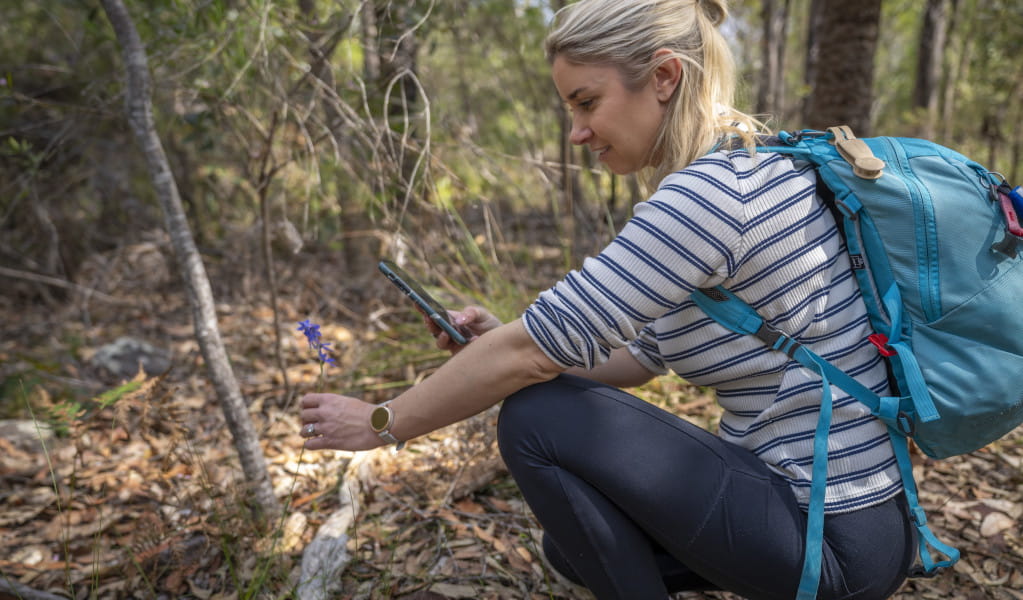Muogamarra Nature Reserve 90th Anniversary
2024 marks the 90th anniversary of the establishment of Muogamarra Sanctuary, now known as Muogamarra Nature Reserve. The reserve is only open to the public for a short period during wildflower season each year, honouring founder John D. Tipper’s original vision.
Read more about Muogamarra Nature Reserve 90th Anniversary
Testament to conservation
Nestled along the picturesque Hawkesbury River, Muogamarra Nature Reserve stands as a testament to early European conservation. Relatively untouched by human development, the park allows visitors to experience a unique variety of plant life, fascinating geological features and impressive views of the Hawkesbury River. Muogamarra's significance lies not only in its natural splendour but also in its historical and cultural heritage.
Traditional Country
The Aboriginal people of Muogamarra lived in the area for more than 20,000 years. The Hawkesbury River and adjacent ridgelines were used extensively by Aboriginal people. There are several important Aboriginal sites in the reserve, including rock engravings, grinding grooves and shell middens. Aboriginal sites within the reserve are preserved and managed in partnership with Aboriginal people.
Early history
The history of Muogamarra Nature Reserve after European settlement dates to 1789. The most significant development was during the 1830s and 1840s, when several roads were built throughout the region to provide vital transport routes between Sydney and the Hawkesbury River. Remains of building foundations, earthenware pipes, flagstones, dry stone walls and engravings are all evidence of early European use of the area.
In 1933, a railway engineer and conservationist named John D. Tipper leased a small area from the NSW Department of Lands. He aimed to safeguard the area’s native flora and fauna from development. Muogamarra Sanctuary was established in 1934, named after what Tipper believed was an Awabakal word meaning ‘to preserve for the future’. Tipper worked tirelessly to protect native flora and set up essential infrastructure, like a volunteer bushfire brigade and museum. Public access was limited to subscription visits and special wildflower days to protect the vulnerable ecosystem.
In 1953, Tipper handed over the reins to the government, marking a new chapter in Muogamarra's history. A year later, a Trust was formed to oversee the reserve's management, with Tipper serving as its inaugural president.
Muogamarra Nature Reserve
In 1969, the sanctuary was combined with Sir Edward Hallstrom Faunal Reserve creating a new 2274ha reserve. The same year, management was handed to the newly established NSW National Parks and Wildlife Service. It then became known as Muogamarra Nature Reserve.
In the 1970s, the NSW Department of Education established the first Environmental Education Centre (EEC) in the state at Muogamarra. The Muogamarra Field Studies Centre’s purpose was to immerse students in the Australian bush so they could experience and connect with the natural world. In 1984, the EEC relocated to Ku-ring-gai Chase National Park because of fire risk at Muogamarra. Today the school is called the Gibberagong Environmental Education Centre and aims to ‘inspire school communities to know, value and act for the environment.
In 1978, Muogamarra Nature Reserve was listed on the Australian Heritage Commission’s Register of the National Estate, highlighting the significance of its natural and cultural heritage.
More than 900 native plant species, 14 mammal species, 16 reptile species and 140 bird species have been recorded in Muogamarra. This is extraordinary given the reserve's relatively small size. Native orchids, bright pink eriostemons, pink boronias and the iconic waratah are just some of the dazzling flowers on display during the wildflower season. The 90th anniversary of the protection of this unique area is an opportunity to celebrate the power of conservation. We are grateful to the traditional custodians who cared for the area for thousands of years, and to early conservationists who laid the foundation for the work NPWS continues today.
Learn more about this special place by booking a visit or tour during wildflower season.


